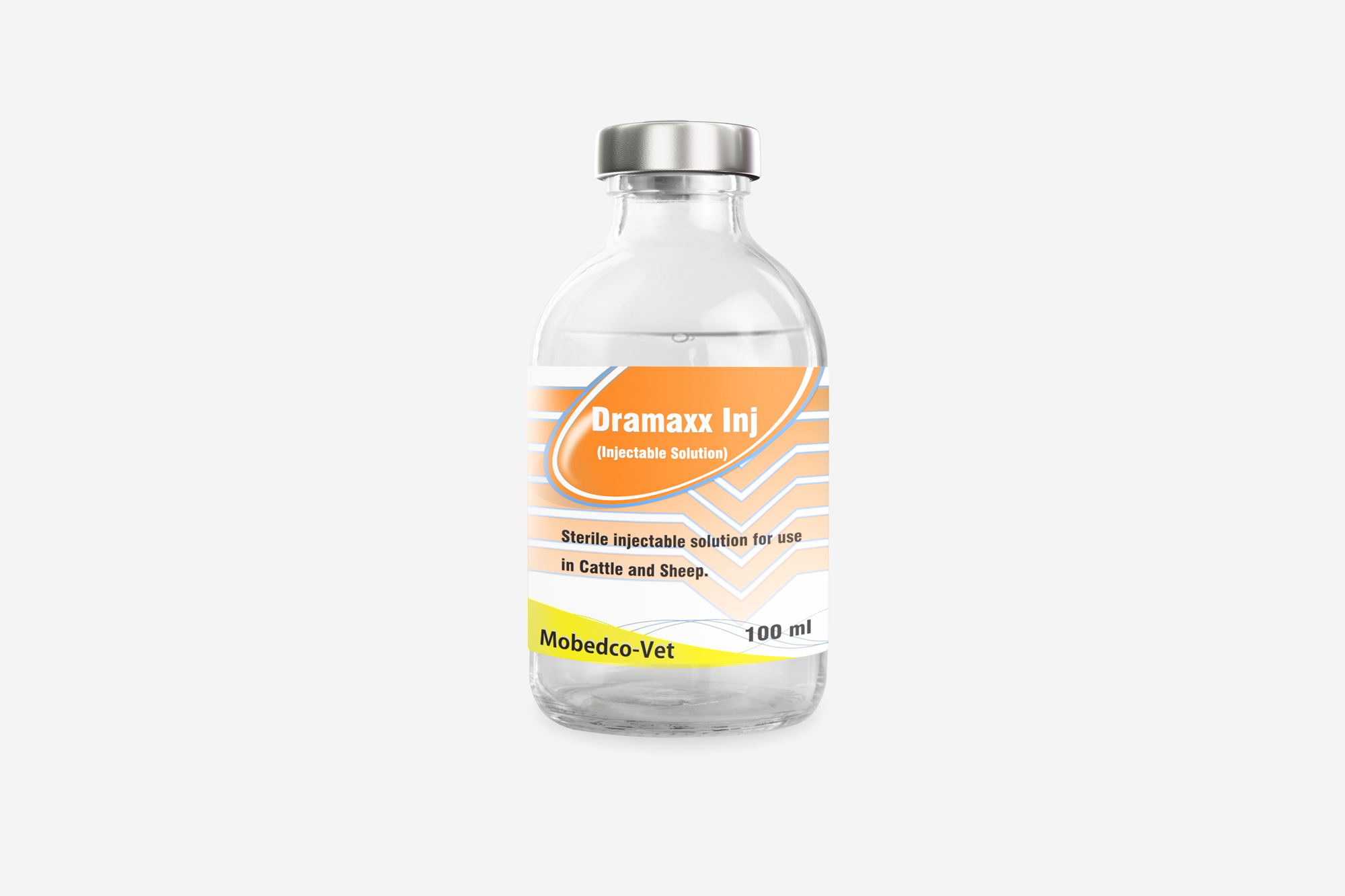
ANNOUNCEMENT
Field Trial Study: Bioequivalence of DRAMAXX and Draxxin in Cattle

Objective: To rigorously evaluate the bioequivalence of a generic preparation of tulathromycin (DRAMAXX) with the reference product Draxxin in beef cattle.
Study Design:
- Type: Randomized, controlled, crossover field trial
- Number of Subjects: 24 healthy beef cattle, aged 6-12 months
- Groups: Two groups of 12 cattle each
- Dosing Phases: Each group receives a single subcutaneous dose of DRAMAXX or Draxxin in the first phase and the alternate drug in the second phase after a 21-day washout period
Dosage and Administration:
- Dose: 2.5 mg/kg body weight of either DRAMAXX or Draxxin
- Route: Subcutaneous injection
Blood Sampling Schedule:
- Pre-dose baseline collection (0 hours)
- Post-administration intervals: 0.5, 1, 2, 4, 8, 12, 24, 48, 72, 96, 120, 144, 168, 192, 216, 240, 264 hours
Plasma Analysis:
- Method: High-performance liquid chromatography coupled with tandem mass spectrometry (HPLC-MS/MS)
- Parameters Measured: Plasma concentrations of tulathromycin
Pharmacokinetic Parameters:
- Cmax: Maximum plasma concentration
- Tmax: Time to reach Cmax
- AUC0-t: Area under the concentration-time curve from time zero to the last measurable concentration
- AUC0-∞: Area under the concentration-time curve from time zero to infinity
- t1/2: Terminal elimination half-life
Statistical Analysis:
- Analysis Method: Log transformation of pharmacokinetic parameters (Cmax and AUC)
- Bioequivalence Criteria: 90% confidence intervals for the ratio of the geometric means of Cmax and AUC must fall within 80% to 125%
Results:
- The observed pharmacokinetic parameters (Cmax, Tmax, AUC0-t, AUC0-∞, t1/2) of DRAMAXX were comparable to those of Draxxin.
- The 90% confidence intervals for the ratios of Cmax and AUC (DRAMAXX to Draxxin) were within the 80% to 125% bioequivalence range.
Conclusion: The study successfully demonstrates that DRAMAXX is bioequivalent to Draxxin in cattle, with similar pharmacokinetic profiles.
This suggests that DRAMAXX can be used as an effective and equivalent alternative to Draxxin for treating bovine respiratory disease.






